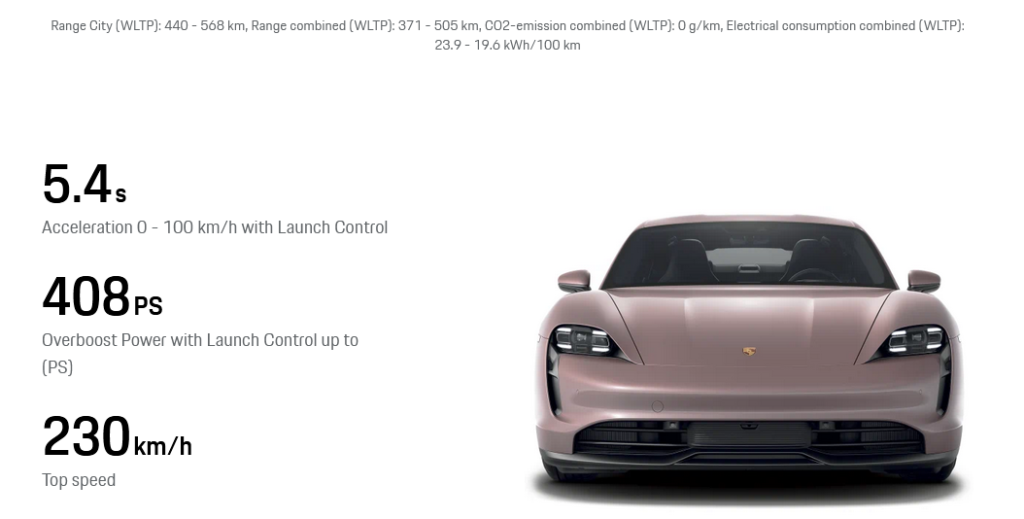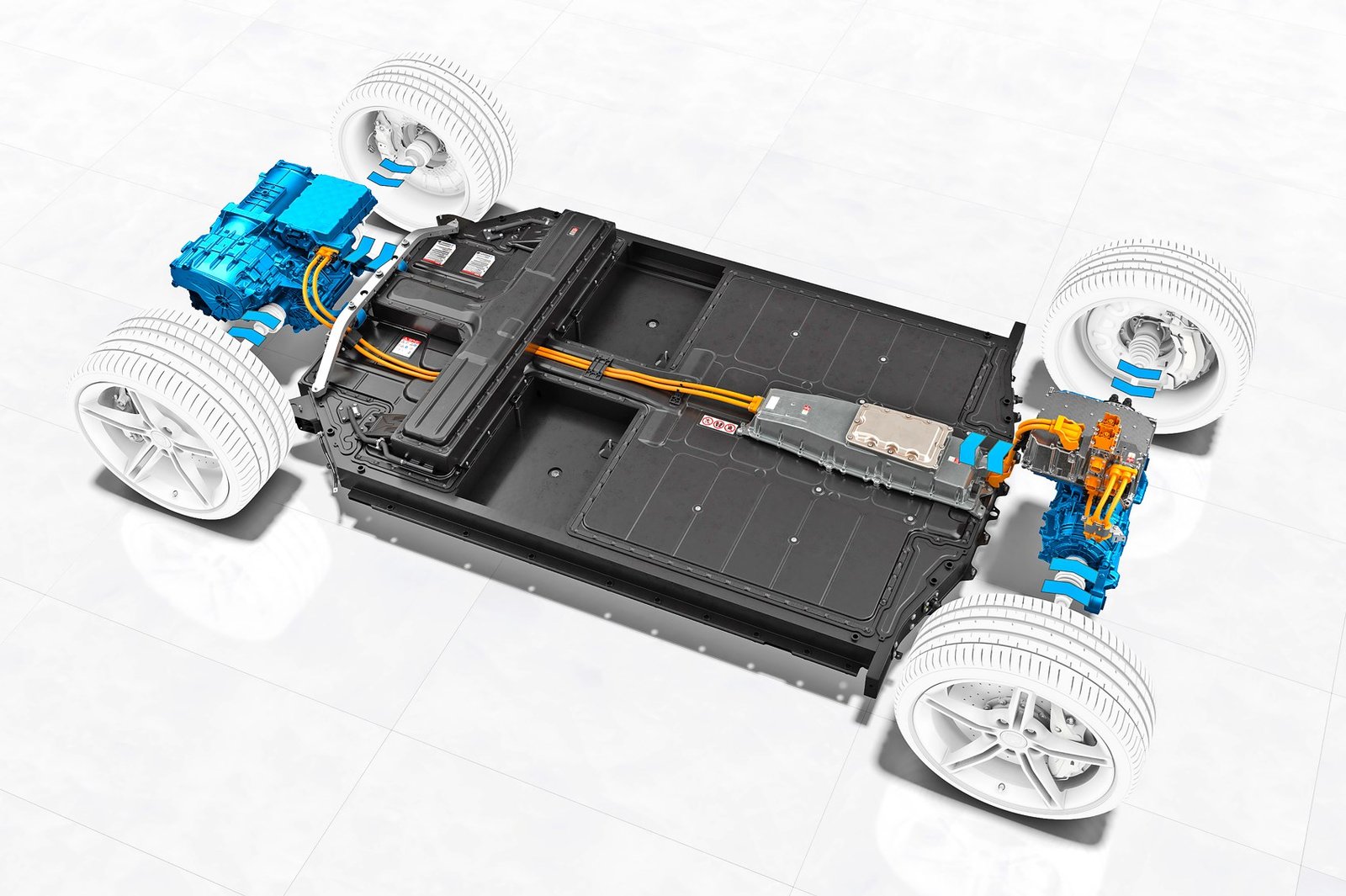Porsche Group experts are working on innovative braking force distribution technologies to enable effective recuperation without sacrificing comfort for electric vehicles.

The lack of a bigger braking system provides for improved driving dynamics without sacrificing range owing to the additional weight or size of this component.

The Porsche Taycan is meant to be exceptionally economical: when you press the brake pedal, the car’s electric motors enter regeneration mode, not only halting the vehicle but also producing electricity that can be used to charge the battery.
The Porsche Taycan Turbo S is able to maximize the power of its regenerative braking system with up to 290 kW, allowing it to generate enough electricity in two seconds of deceleration that would be equivalent for driving 700 meters. Through this recuperation process, the range increases by an impressive 30%.
The Taycan’s electric motors can provide 90% of its braking power under normal driving circumstances. Due to the minimal deceleration of the electric motors, the hydraulic system only has to intervene at speeds less than 5 km/h. Additionally, if more powerful brakes are needed for full stops during higher speed driving, then friction brakes will become active to ensure complete slowing down and safe stopping.

Porsche has crafted algorithms for the Taycan to ensure a smooth transition from acceleration mode to regeneration. To do this, it monitors its hydraulic system like clockwork and use brake calibration during each charge process. This allows them to determine how much power will be delivered when the vehicle brakes next time, ensuring that there is no sudden change in performance due to mismanagement of energy recuperation levels.

When it comes to braking power in vehicles, two-thirds are typically generated by the front axle and a third is derived from the rear. The new Porsche Taycan electric system operates under this same principle. Another positive effect of recuperation is that there is less wear on the hydraulic brakes.
Because recuperation also incorporates an electric motor and consequently two-speed transmission, engineers working on the brake must interact more closely in the future.
Reference- Inside EVs, Porsche website & PR, Top Gear, Autocar India, HT Auto,






